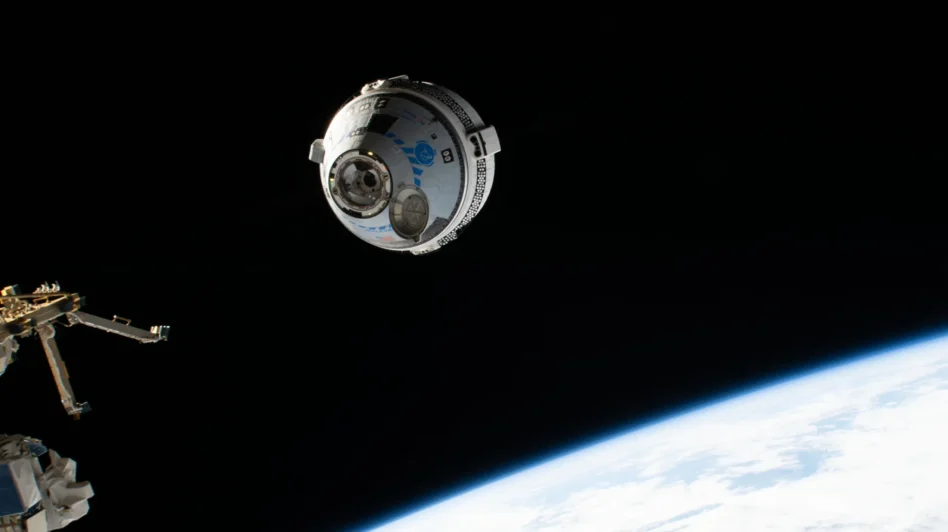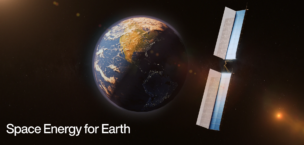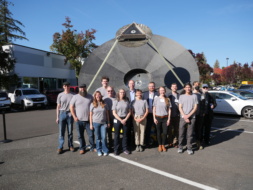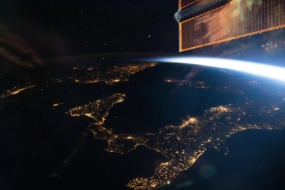Boeing said it lost $523M on Starliner in 2024—the largest single-year loss the aerospace titan has recorded in developing the commercial crew vehicle, pushing the total losses to just over $2B.
More to come: In its annual report filed with the SEC on Monday, Boeing attributed the most recent losses to “schedule delays and higher testing and certification costs as well as higher costs for post certification missions.”
The $4.2B fixed-price contract with NASA to develop Starliner means Boeing has to pay for such overruns, so “there is ongoing risk that similar losses may have to be recognized in future periods,” the company wrote.
A bumpy road: Years of technological and operational challenges have increased costs to develop Starliner, with Boeing reporting losses almost every year since it began developing the spacecraft in 2014.
Starliner’s first uncrewed test flight failed in December 2019 due to a critical software error. After a second uncrewed flight to the ISS in 2022 that was successful, Starliner carried two astronauts to the ISS for the first time last summer.
However, this flight faced a major setback when a malfunction in the spacecraft’s propulsion system exposed a persistent helium leak and faulty thrusters. NASA chose to return Starliner to Earth empty, asking SpaceX to bring the astronauts home aboard a Dragon capsule, which is now scheduled for late March.
What’s next: It remains unclear when the beleaguered Starliner will fly next, as neither Boeing nor NASA have publicly discussed plans to address the spacecraft’s propulsion issue.
Boeing may be considering selling Starliner and chunks of its space business to return to its roots as an airplane company. CEO Kelly Ortberg hinted at a Starliner-less future during the company’s Q3 earnings call in October, saying “we’re better off doing less and doing it better, than doing more and not doing it well.”
These and other efforts will unfold with a familiar figure returning to Starliner’s helm: John Mulholland, who led the program from 2011 until 2020, resumed charge after Mark Nappi stepped down from the role.




